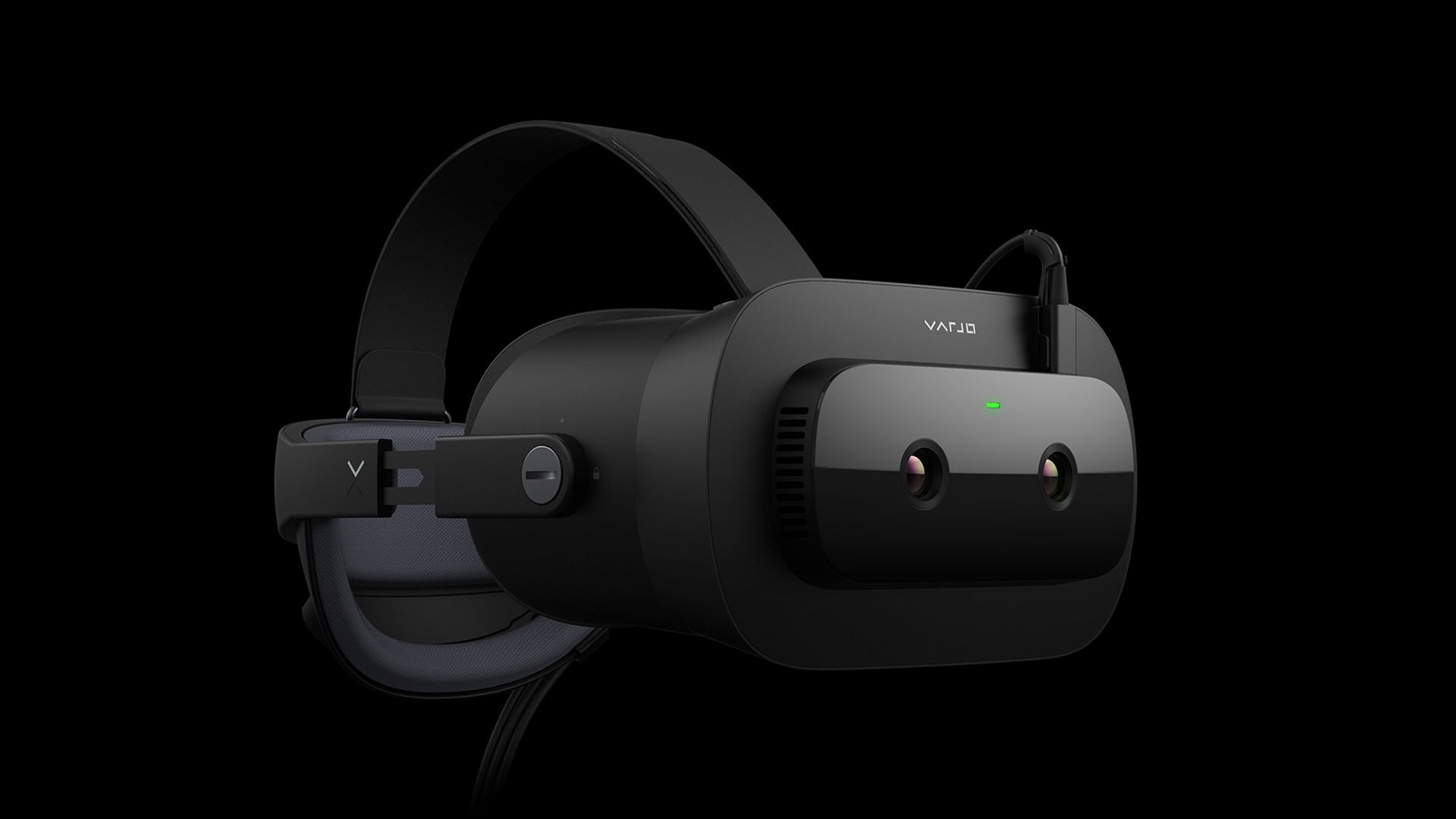Varjo Technologies today announced its new user interface, code-named ‘Varjo Workspace’, which is designed to seamlessly let professionals use their Windows computer applications and 3D software tools with the company’s recently announced developer-focused AR/VR headset, Varjo XR-1.
The company’s software is said to let users fluidly switch between passthrough, AR, and VR modes, which aims to let developers more realistically work longer within the headset itself, and switch between modes when needed.
With access to Windows desktop, which includes multiple virtual monitors, the new software is built to leverage the company’s latest ‘human eye resolution’ headset, the new $10,000 XR-1 Developer Edition, which includes outward-facing cameras for passthrough AR. The company calls this simultaneous access to both 2D and 3D content “a critical part of Varjo’s vision of the future of computing.”

Aiming to appeal to the enterprise sector, Varjo produces high-resolution headsets such as its pricey VR-2 and VR-2 Pro variant. Like the XR-1, these devices contain Varjo’s proprietary ‘bionic display’, which blends a central 1,920 x 1,080 micro-OLED ‘focus display’ with a larger ‘context’ display at 1,440 x 1,600. The idea is to give you a higher pixel per degree (PPD) where it counts the most—the center of your eye—while keeping a reasonably large field of view (FOV) with the larger, albeit lower pixel-dense context display. If you’re interested in learning more, check out our deep dive hands-on article here.
Unlike the company’s other headsets though, XR-1 instead includes two fixed-focus 12 megapixel cameras, which have a 90 Hz refresh and a 94-degree circular viewing angle—larger than the FOV of the headset’s context display—meaning you’re served up AR imagery at an FOV that dedicated AR headsets simply can’t reach.
Coming out of stealth in 2017, Varjo has partnered with a few big names in the automotive industry, including Volvo, Audi, Volkswagen, and maintains that those professionals using its new software could hypothetically modify a 3D car model using existing CAD and visualization tools like Autodesk, or game engines such as Unity or Unreal Engine, and then observe the model in either AR or VR to get a better sense of its design.
Urho Konttori, co-founder and Chief Product Officer at Varjo, says that with Workspace, the company is showing how professionals will use and interact with computers in the future:
“Unlike other immersive computing UIs, Varjo Workspace is not built on ‘hand-waving’ Hollywood UIs with no practical basis in reality, but instead integrates the way we work today using professional 2D applications – all enhanced by the capabilities of Varjo’s XR-1 Developer Edition,” Konttori said. “Varjo is unique in being the only product maker capable of photorealistic visual fidelity in both VR and XR, with perfect color accuracy and control. This is a key enabler for the next computing paradigm. Today, the XR-1 and Varjo Workspace greatly expand the value of mixed reality for professionals by enabling immediate iterations and radically faster 2D/3D workflows.”
Varjo is currently shipping its Workspace software to customers and partners in tandem with its XR-1 software suite.







